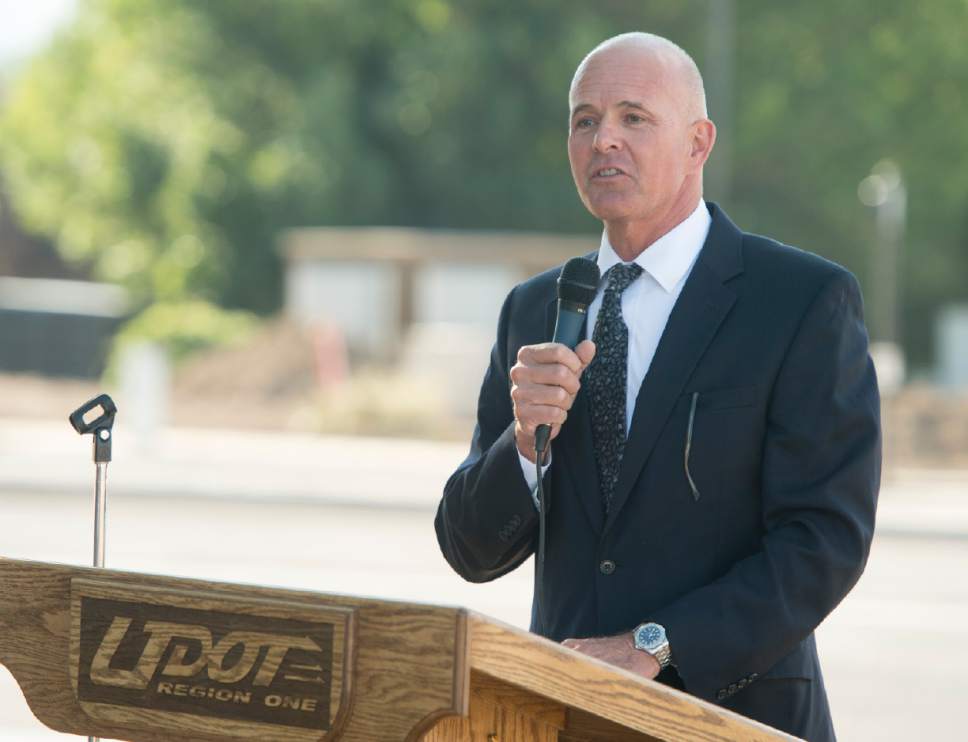This is an archived article that was published on sltrib.com in 2016, and information in the article may be outdated. It is provided only for personal research purposes and may not be reprinted.
More Utah teens have died in car crashes during the first nine months of 2016 than in all 12 months last year.
So far, 26 teens have died this year in crashes on Utah roads, according to Zero Fatalities spokeswoman Allyse Christensen. If the fatality rate doesn't change, this will be the deadliest year for teens since 2009.
Last year at this time, there had been 15 teen fatalities on Utah roads, and by the end of the year, there were 25 total.
"It's scary," Christensen said.
But despite this year's apparent upward trend, statistics for the past decade show that teen deaths had been steadily declining until two years ago: There were 41 deaths in 2006, dropping to 18 deaths in 2013. In 2014, the death toll jumped to 29.
Utah teens are more likely to be killed in a car crash than by any other means, according to a news release from the Utah Department of Health. Of the 25 teens killed last year, nearly 60 percent were not wearing a seat belt properly. Teens have the lowest rate of seat belt usage of any age group, the release said.
"The simple decision to choose to wear your seat belt every time you are in a vehicle can and does save lives," said Carlos Braceras, executive director with the Utah Department of Transportation, in the release. "If I could change a single behavior of every Utahn, it would be to make sure they are always buckled up, no matter what."
Teens in fatal crashes are also two times more likely to have a "contributing factor," such as failing to yield the right of way or speeding, the release said. Inexperience puts them at higher risk than people in other age groups, said Joseph Miner, the health department's executive director.
Families of 10 of the teens killed in 2015 crashes shared their experiences at an event Tuesday and in a memory book put together by UDOT and the health department, which focuses on "missing moments." In the book, families wrote down what their teens were missing as a result of their deaths — athletic events, time with family, holidays.
They also included some of the reasons the crashes occurred: driving drowsy, failure to buckle up, distracted driving and not paying attention to surrounding traffic.
David Connor lost his 16-year-old sister, Cadee, in one of the crashes. He considered her his best friend, the release said, and her death changed his life forever.
"We're speaking out to help other families get the chance to fathom how unacceptable roadway fatalities are," Conner said in the release. "No one has to die on our roads."
The families joined the state agencies in urging Utah drivers to develop safer driving habits through buckling up and being more aware of surroundings while driving.
Twitter: @mnoblenews



